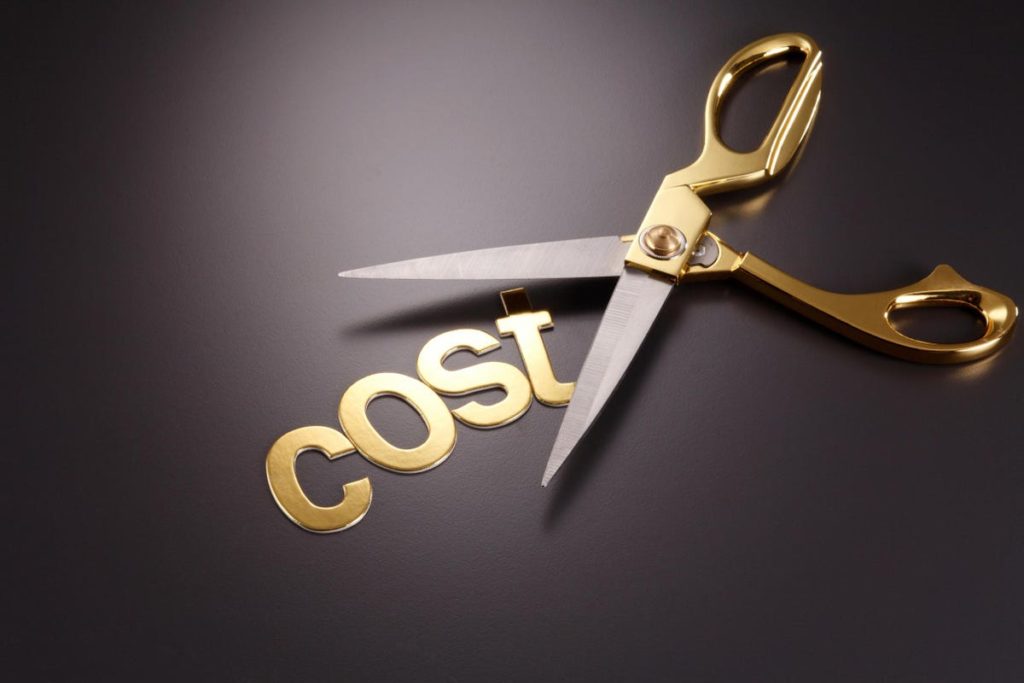
You may be lucky enough to have a product that’s in the top three of both organic search results and sponsored ad results. It might even be number one in both.
You only need to be number one, and however much you spend, you can’t rank higher than that. So can you slacken off your ad spend a bit without hurting your sales?
You might be able to. There’s certainly one school of thought that says if you’re number one organically, then your ad spend is actually paying for sales you’d get anyway, ‘cannibalizing’ your sales.
The trouble is that there’s no good rule of thumb you can use in this situation. A lot of FBA sellers just decide to cut an arbitrary amount. If they’re spending $100 a week they just cut it to $50. Then if their sales tank, they go back to $100.
That’s a pretty rough and ready way of doing things. Let’s try to make a slightly more nuanced process. Instead of reducing your spend globally, look at reducing your ACOS (advertising cost of sales), that is the percentage of sales you spend on advertising, for that product.
So instead of just saying “spend half as much,” you might look at reducing your ACOS by 10%. You’ll do that by reducing your bids for your advertising keywords by 10%, or even just 5%. If you assume that conversion rates remain the same, you shouldn’t lose traction.
However, you’ll want a solid monitoring process and the data to support it. Use the Search Query Performance Dashboard, which should give you all the data you need, and note the figures for both search rank and conversions (in Brand Analytics) immediately before you lower your bids. Keep assessing progress each week. If your ranking and sales are stable, you might try to cut your bids further.
At some point, you’ll see clicks and conversions performance start to falter. That’s the time to stop, and maybe restore your bids to the level just before the last cut.
As with most changes in advertising, you’ll get far more out of it if you apply your savings to increasing spend on products that need it. You can migrate your spend to products that are down at the bottom of the first page of search results, for instance, to see if you can push them up into the top three.
It’s important that you don’t just look at search rank or clicks, look at your conversions. Conversion performance doesn’t always follow ranking; sometimes the third ranked product has better conversions, and it’s the conversions that make you the money.
You can also think about seasonally adjusting your ad spend. That might reflect the general Amazon sales year, with advertising before Prime Day, Black Friday, and the holiday season needing to be pushed up a bit. It might also reflect seasonality for your particular products; if you sell swim suits, Hawaiian shirts and flip-flops, advertising needs to ramp up towards the end of spring, as buyers start thinking about summer holidays.
There’s even seasonality in kitchen equipment; salad bowls in summer, stock pots in winter, and champagne glasses during the holiday season.
Finally, don’t forget that ads are not the only way to attract buyers. Social media feeds, your own website, and good content on your product pages can all be added to the mix. Again, if you’re cutting ad spend, rather than just take the profit, consider investing in these areas to maximize your reach. The only time to stop all investment in a product is when it’s completely obsolete; let’s hope none of your products have got to that stage yet!
